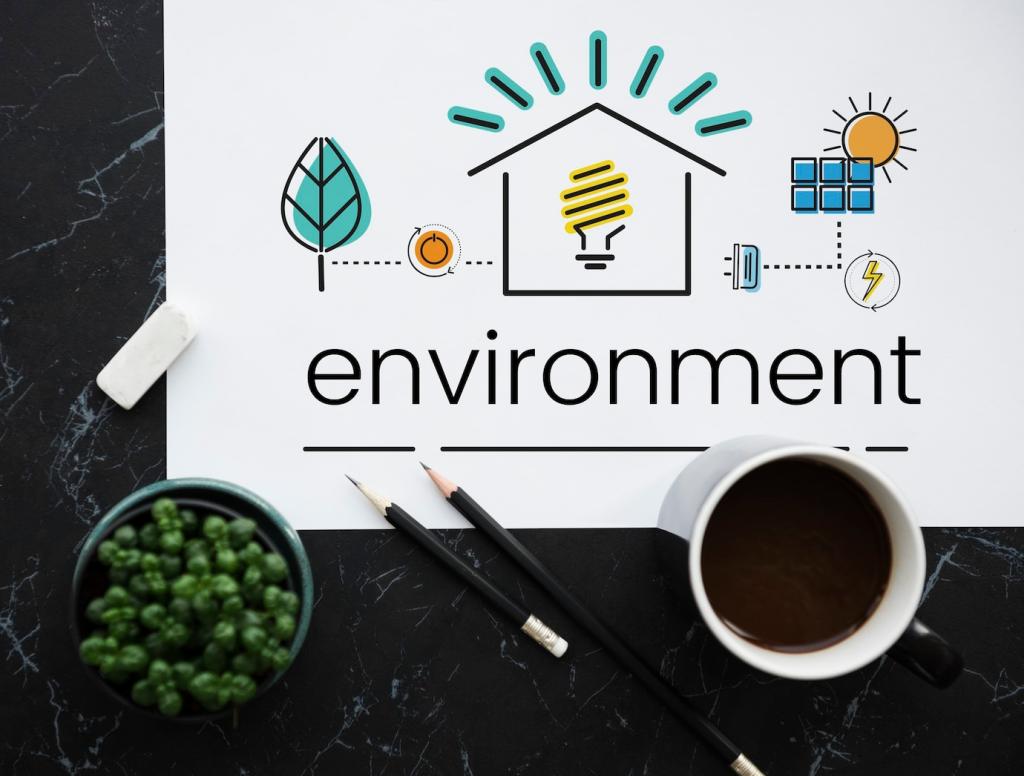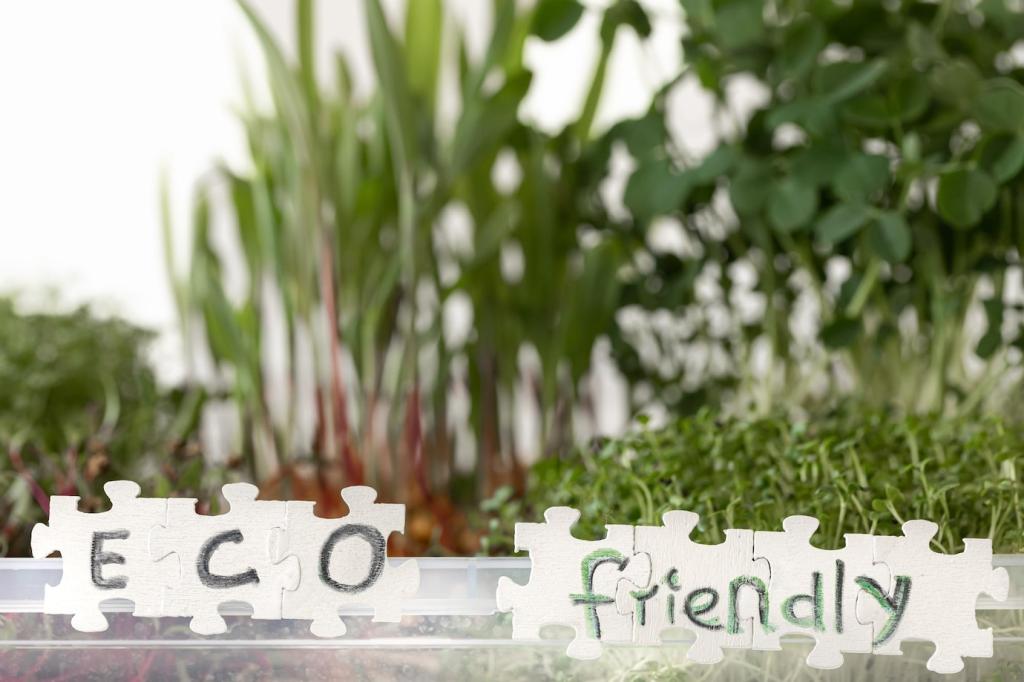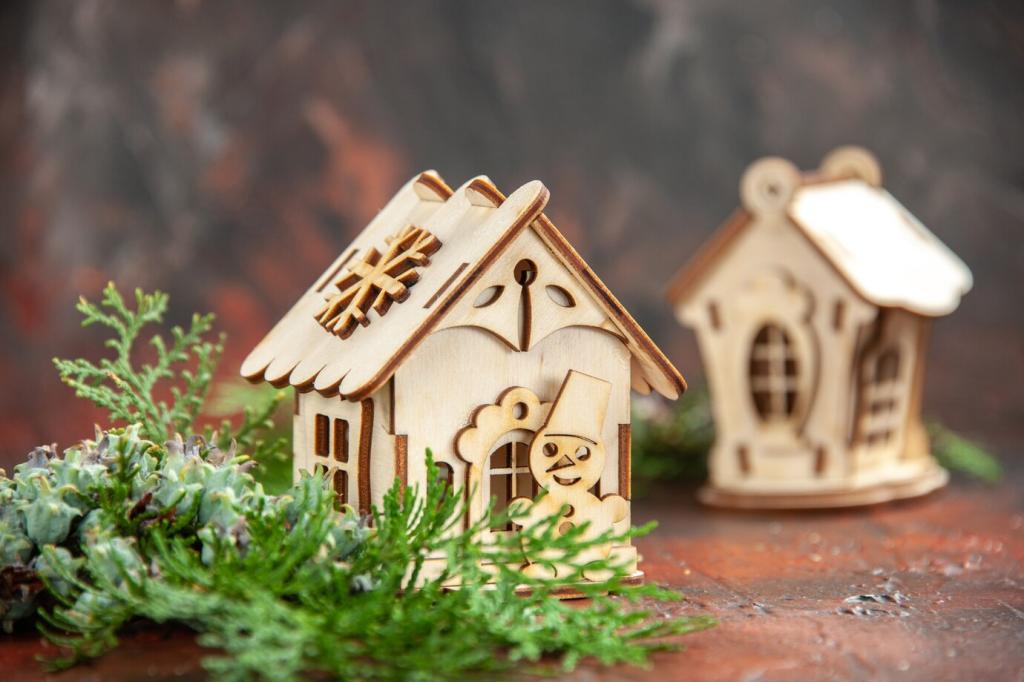Codes, Costs, and Community Support
Every jurisdiction is different, but shared patterns help. Start with accessory dwelling unit rules, energy code compliance, and off street parking waivers. Ask a code question in the comments, and we will crowdsource answers by region.
Codes, Costs, and Community Support
Allocate dollars to envelope quality first, then systems, then finishes. Tiny spaces magnify craftsmanship and durability. Subscribe for our budget worksheet and a video walkthrough showing tradeoffs that keep life cycle costs low.






